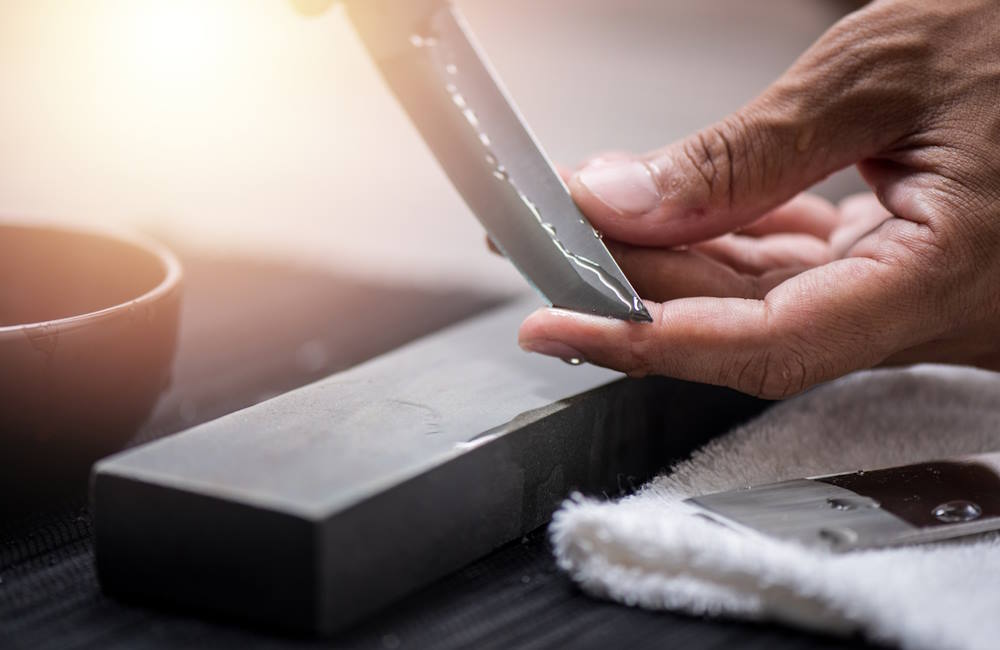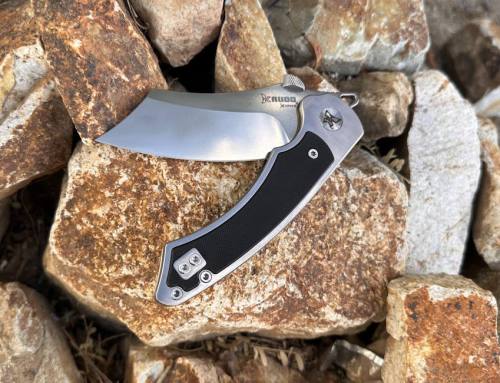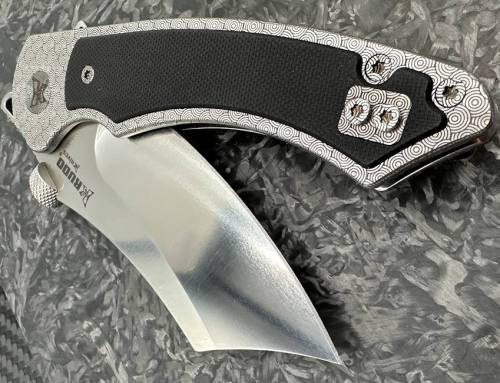Welcome to the exciting world of knives! As a new knife enthusiast, it’s essential to familiarize yourself with the various terms and slang used in the realm of self-defense and boutique knives. Understanding these terms will not only help you navigate the world of knives but also enhance your appreciation for their craftsmanship. In this article, we’ll explore seven common terms, ranging from the well-known to the more unique, shedding light on their meanings and significance.
- Damascus: One term that often piques the curiosity of knife enthusiasts is “Damascus.” Originating from ancient sword-making techniques, Damascus steel refers to a unique type of steel characterized by its distinctive wavy or mottled pattern. This pattern is achieved by layering and forging different types of steel together. Knives made from Damascus steel are renowned for their exceptional strength, sharpness, and aesthetic appeal.
- EDC: Short for “Everyday Carry,” EDC knives are designed to be carried and used on a daily basis. These compact and versatile knives serve a variety of purposes, from opening packages to handling small tasks. EDC knives are known for their portability, reliability, and ease of use, making them a popular choice among knife enthusiasts who value practicality.
- Tanto: The term “Tanto” refers to a specific style of blade originating from Japan. Tanto blades are characterized by their angular point and straight cutting edge. Originally designed for piercing armor, Tanto knives have gained popularity for their robustness and effectiveness in self-defense situations. The sharp, reinforced point allows for powerful thrusting and stabbing movements, making Tanto knives a formidable choice.
- Micarta: Micarta is a composite material often used for knife handles. It is made by layering resin-soaked fabrics, such as linen or canvas, and subjecting them to high pressure and temperature. The result is a durable, lightweight, and textured handle material that provides excellent grip and aesthetics. Micarta handles are renowned for their resilience, making them a popular choice among knife enthusiasts.
- Kydex: Kydex is a type of thermoplastic material frequently used for knife sheaths. Known for its durability and versatility, Kydex offers excellent retention, protecting the blade while providing quick and easy access. Kydex sheaths are widely favored by knife enthusiasts for their secure fit, low maintenance, and ability to withstand harsh conditions.
- Whetstones: Whetstones, also known as grindstones, play a crucial role in maintaining the sharpness and edge of your knives. These specialized stones are used for sharpening and honing the blade to ensure optimal cutting performance. By learning the basics of whetstone sharpening, you can extend the lifespan of your knives and achieve razor-sharp edges. Discover the different types of whetstones, the sharpening process, and valuable tips to keep your blades at their best.
- Moku-Ti: Moku-Ti is a unique material used in knife making, prized for its stunning visual appeal. It is created by layering and forging various titanium alloys, resulting in a captivating pattern resembling wood grain. Moku-Ti handles or accents on knives are highly sought after by collectors and enthusiasts who appreciate the fusion of beauty and functionality.
Conclusion
By familiarizing yourself with these seven common terms and slang in the knife world, you’ll be well-equipped to navigate conversations and deepen your understanding of self-defense and boutique knives. Remember, the journey of a knife enthusiast is one of continuous learning, exploration, and appreciation for the artistry behind these incredible tools. So, embrace the knowledge, explore further, and let your passion for knives flourish!







Leave A Comment